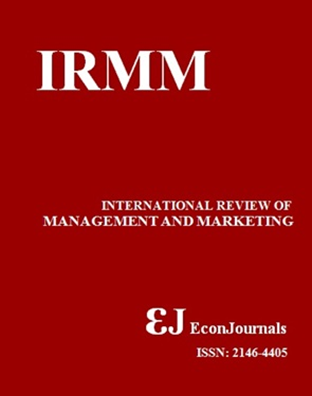Development of Six Sigma Infrastructure for Strabismus Surgeries
Abstract
The purpose of this study is to show how a private eye care center in Turkey developed a Six Sigma infrastructure to investigate the root causes of complications occuring during strabismus surgeries. To analyze the collected data, main tools of Six Sigma’s Define-Measure-Analyze-Improve-Control (DMAIC) improvement cycle such as SIPOC table, Fishbone Diagram and, Failure, Mode and Effect Analysis were implemented. Patient’s eye anatomy, experience of the anesthesiologist, experience/attention of the strabismus surgeon was identified to be Critical-to-Quality (CTQ) factors for a successful strabismus surgery. The most frequent complications of strabismus surgeries were found to be X, Y and Z. The process sigma level was found to be 3.2025. Keywords: Six Sigma; ophthalmology; strabismus surgery; complications JEL Classifications: I120; L15Downloads
Published
2013-12-26
How to Cite
Taner, M. T., Sahbaz, I., Kagan, G., Atwat, K., & Erbas, E. (2013). Development of Six Sigma Infrastructure for Strabismus Surgeries. International Review of Management and Marketing, 4(1), 49–58. Retrieved from https://www.econjournals.com/index.php/irmm/article/view/672
Issue
Section
Articles




